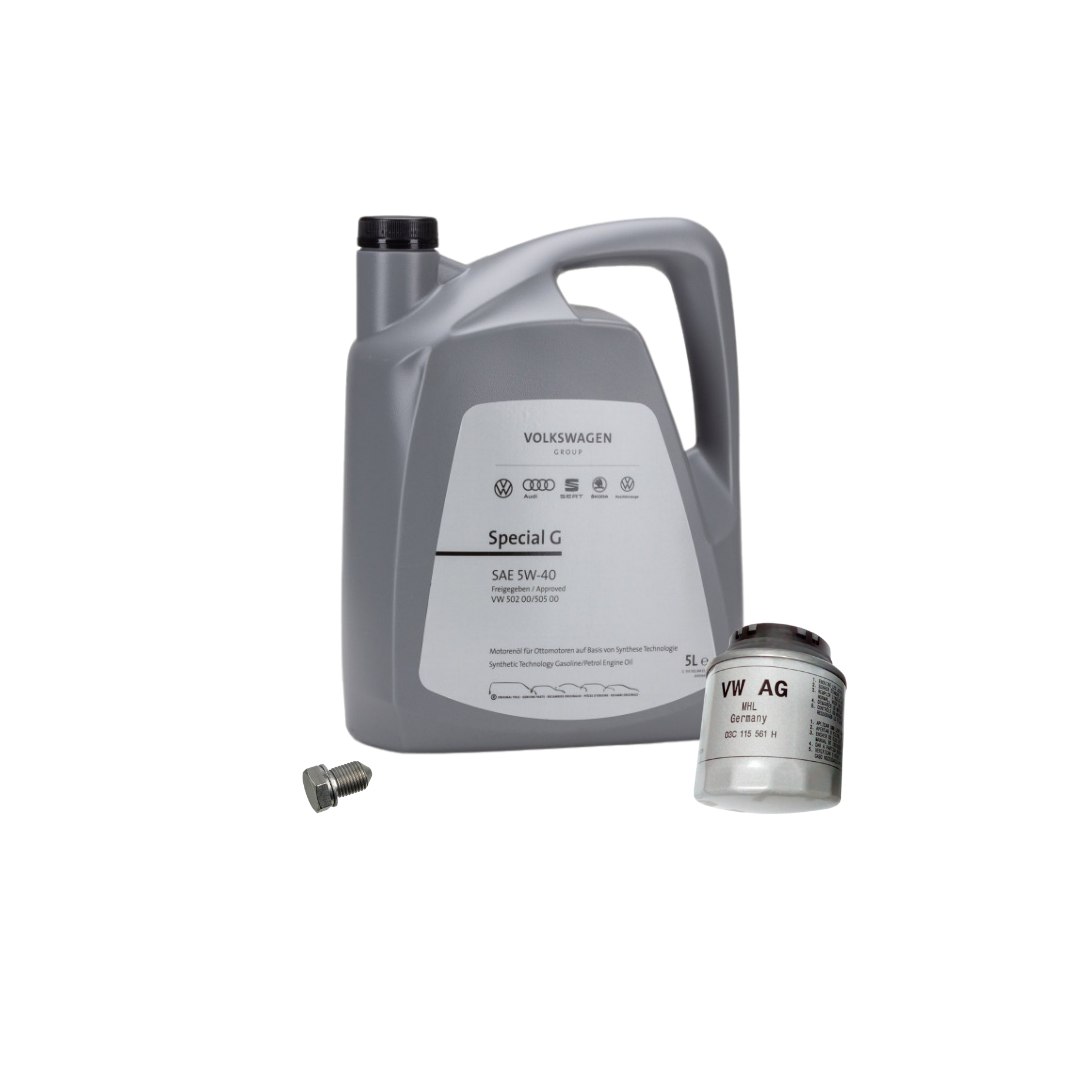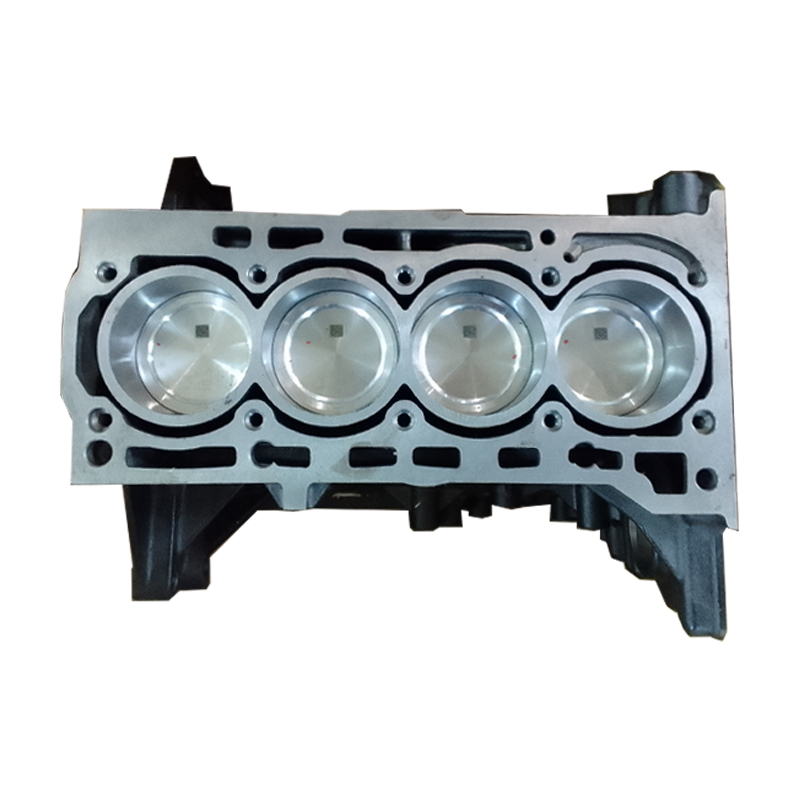Minimize downtime by using a well-maintained clp engine.
Wiki Article
How a Clp Engine Can Boost Performance in Numerous Industries
The development of CLP engines notes a significant change in functional efficiency throughout various sectors, driven by their capacity to optimize gas intake and minimize downtime. As companies increasingly prioritize sustainability together with effectiveness, the function of CLP engines comes to be also much more important.Summary of CLP Engines
CLP engines, or Constant Liquid Propellant engines, stand for a considerable development in propulsion modern technology, especially for room applications. These engines utilize a constant feed system that permits the continual expulsion of propellant, causing boosted efficiency and performance contrasted to typical strong or hybrid propulsion systems. By preserving a constant circulation of fluid propellant, CLP engines can achieve much more precise drive control, which is crucial for navigating spacecraft in various goal situations.The design of CLP engines integrates innovative materials and ingenious gas monitoring systems. clp engine. This causes decreased weight and raised dependability, vital variables for long-duration room missions. The constant procedure lessens the threat of combustion instability, a typical difficulty in conventional rocket engines.

Advantages in Manufacturing
The production of Continuous Fluid Propellant (CLP) engines provides several noteworthy advantages that improve both performance and cost-effectiveness. Among the primary advantages is the streamlined production procedure, which minimizes the complexity related to traditional propulsion systems. By making use of fluid propellant, makers can attain greater accuracy in engine efficiency, bring about enhanced energy output and minimized waste.Furthermore, CLP engines promote a greater degree of modularity, enabling for simpler integration right into different production lines. This flexibility can considerably reduce lead times and enhance overall operational flexibility. Using CLP modern technology also often tends to reduce the need for substantial upkeep because of less moving parts, which equates right into lowered downtime and operational costs.

Applications in Logistics
Leveraging Continual Fluid Propellant (CLP) engines in logistics supplies substantial benefits in functional performance and integrity. These engines provide a durable remedy for numerous transport demands, making it possible for the smooth motion of items throughout substantial ranges. The intrinsic style of CLP engines enables constant power output, which translates right into smoother and extra foreseeable transport routines.One of the key applications of CLP engines in logistics remains in sturdy freight transport, where they can drive both ground and airborne automobiles. Their capability to maintain high efficiency under varying lots problems makes sure that shipment timelines are met, therefore boosting client complete satisfaction. Additionally, CLP engines can be incorporated into automated logistics systems, helping with real-time monitoring and optimizing course planning.
Moreover, the resilience of CLP engines reduces upkeep downtime, allowing logistics firms to maximize their operational capabilities. This is specifically helpful in warehousing operations, where performance in dealing with and transporting items is crucial. As logistics remains to develop, the assimilation of CLP engines represents a forward-thinking approach that not just improves efficiency but likewise sustains the industry's expanding needs for dependability and rate.
Impact on Energy Performance
How do Constant Fluid Propellant (CLP) engines enhance energy performance in transportation? CLP engines use a regular flow of liquid gas, enhancing burning procedures and maintaining a steady drive output. This style lessens power losses associated with standard burning engines, where fuel delivery can differ and result in ineffectiveness.The continual operation of CLP engines enables a much more efficient thermal cycle, my blog leading to greater particular impulse compared to traditional engines. clp engine. This converts to minimized fuel intake for the very same amount of work done, significantly lowering operational expenses across different transport fields, including aviation and maritime industries
Furthermore, the capability of CLP engines to preserve ideal efficiency under varying tons conditions minimizes the requirement for regular acceleration and slowdown, better boosting gas performance. Boosted power performance not just adds to cost savings however additionally brings about decrease greenhouse gas exhausts, lining up with worldwide sustainability goals.
Future Trends and Innovations
Emerging advancements in Continuous Fluid Propellant (CLP) engine modern technology promise to transform the landscape of transport effectiveness and sustainability. As industries pivot toward greener choices, CLP engines stand at the leading edge, integrating innovative products and layout methods that enhance efficiency while decreasing ecological impact.Among one of the most appealing trends is the fostering of hybrid systems that combine CLP engines with renewable resource sources. This synergy can maximize fuel consumption and lower discharges, aligning with international sustainability goals. Moreover, innovations in computational fluid characteristics (CFD) are promoting the style of more aerodynamically effective engines, resulting in lowered drag and enhanced gas effectiveness.
Furthermore, the advancement of smart tracking systems is established to improve functional efficiencies. These systems utilize data analytics and IoT modern technology to optimize engine performance in real-time, making certain that the engines operate within their most effective parameters.
As research study proceeds to explore alternate propellant solutions-- such as biofuels and synthetic fuels-- the future of CLP engines looks encouraging. By harnessing these advancements, sectors can not only improve their effectiveness yet also contribute substantially to a cleaner, extra sustainable future in transportation.
Final Thought
In final thought, CLP engines represent a significant development in efficiency across numerous see this website industries. The assimilation of link innovative products and fewer moving parts decreases upkeep demands, while positioning with sustainability goals positions CLP engines as a crucial modern technology for the future.Report this wiki page